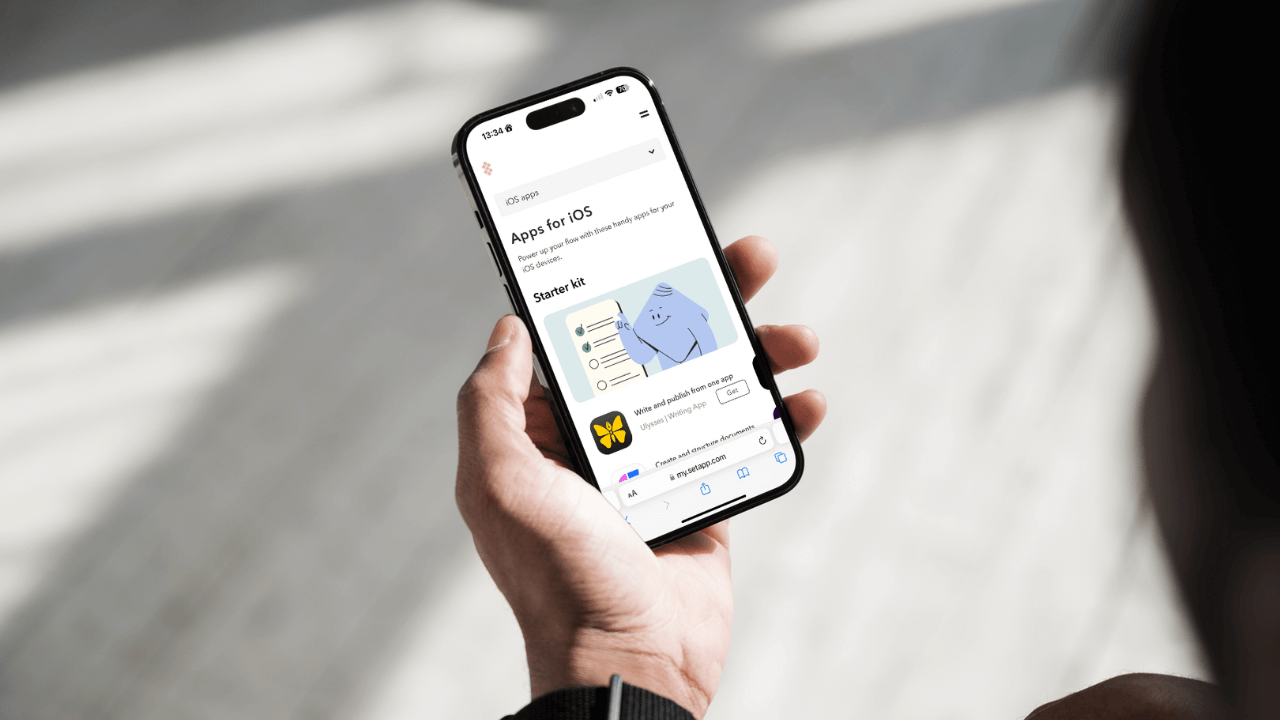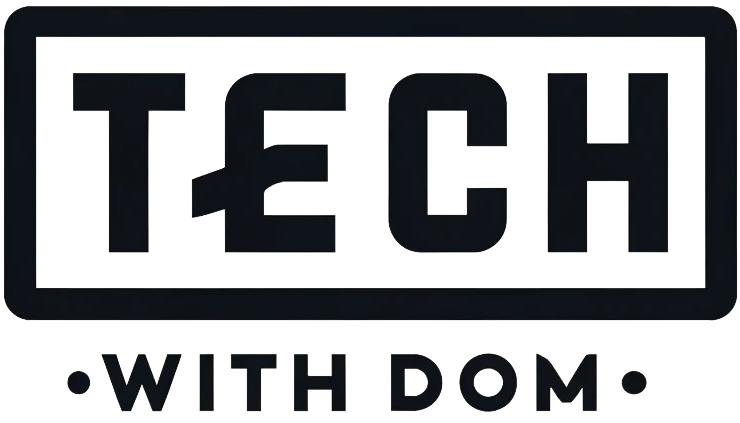5 Awesome Setapp Apps I Have on My iPhone

These apps have seriously made me more productive!
It’s been a couple of months since I decided to subscribe to Setapp and based on my experience so far, I think it’s a great service. Not only has it helped me save money, but also helped me discover some remarkable apps.
For those of you who haven’t heard of Setapp before, it’s basically the Netflix of app stores. I pay $12.49 per month and that provides me with access to over 200 apps for 1 Mac and 4 iOS devices, which, I think, is phenomenal.
Setapp is primarily designed for macOS, but you can also use it on your iPhone by visiting the Setapp website on your iPhone, which I didn’t realise was possible until recently.
Since subscribing to Setapp, I’ve been trying out several apps, some of which have seriously helped improve my productivity. But in today’s article, I wanted to focus on 5 awesome apps that I use on my iPhone that are available through Setapp…
1. Spark Mail
I actually still have an active subscription to Spark outside Setapp, but the app is available through Setapp, which, I think, is great!
I’ve talked about Spark a lot on my blog and to make things interesting, I actually ditched it last year because I didn’t see the benefits of their new Inbox, but I was wrong.
After seeing my mailbox constantly get full, I decided to give Spark another go, and I decided to start with a premium trial, which lead to me paying for the subscription.
The premium version of the app has some great features such as the ability to reply to emails with AI, Gatekeeper and so much more. If you are interested in learning more about the app, I recommend checking out my review.
I primarily tend to use Spark on my phone as I often schedule time for checking and replying to emails when I’m doing other things such as waiting for the train. It also gives me the opportunity to check my emails throughout the day and respond to anything urgent.
2. BusyCal
The second app on this list is BusyCal, which happens to be the primary calendar app that I use on my MacBook, iPad, and iPhone.
The main reasons I like this app are that it features a lot of customisation options, has a great interface, and it comes with some decent features.
Starting with travel time and map integration, as someone who travels a lot for work, I find this feature extremely useful as it reminds me when I need to leave the house. I know that this is a basic feature, but it serves as a great reminder for when I need to leave the house.
The fact that it shows the weather is very useful, especially when planning the week, as it allows me to plan how I travel to and from work. It also helps me schedule all the outdoor activities I plan to do when it’s not raining, such as working in the garden.
The app also allows me to use tags and filters to organise events, which makes it easier to find items.
Overall, switching from Apple Calendar to BusyCal has definitely helped me stay more organised, especially with the great-looking widgets which give me easy access to the calendar.
3. NotePlan
I am a big fan of Apple Notes, I think that it is a great app which makes taking notes easy, and it allows me to have them everywhere I go.
But then I discovered NotePlan, and that changed everything for me.
NotePlan is so much more than just a notebook app as it allows me to plan my day, set goals, get things done and most importantly of all organise my notes using the PARA method.
The PARA system includes 4 categories which are Project, Area, Resource and Archive, which you can use to organise your notes.
In summary, the project’s section is for the actionable things you are doing now, these usually have a start and end date. For example, I use it for when I’m testing products and I need to make notes about them for upcoming content.
Areas are for the responsibilities you are maintaining now, such as health, business, home, and investments.
Resources are for topic-based content such as book notes and online courses. These are notes that you don’t need now.
Finally, Archive contains all the notes or folders from other categories, these could be finished projects.
I’m still new to using this system, but learning it has already made a difference in the way I work and organise my notes. Having it available to me on my phone makes a big difference as it means that I can stay organised wherever I go.
4. Ulysses
Ulysses is the main app I use to write my content, I use it to write all my blog posts, newsletters, and articles.
I’ve tried many apps for writing over the years, but Ulysses remains my favourite. I guess the main reason for that is that I can simply sit down and start writing without worrying about formatting as it supports Markup.
Ulysses has a built-in proofreader that checks for grammar, spelling and style, which works great. I find that using the built-in proofreader really helps when reading through my work, as we are all human and we make mistakes. But what I really like about it is that it helps me use the right tone in my work.
My favourite feature of this app is that I can publish content directly from the app to platforms like WordPress and Medium, which can be a huge help, especially when I work from my phone.
I tend to write most of my blog posts on my iPad, but there are times when I don’t bring it with me. The iPhone app turns out to be great for when I have an idea for a blog post that I just can’t wait to start writing.
This actually happened to me last weekend when we decided to take the train to Bristol for a family day out. As I wasn’t travelling for work, I didn’t take my iPad, but on the way to Bristol I had a great idea that I couldn’t resist, so I started writing on my phone.
5. Headway
As someone who travels a lot, I tend to listen to audiobooks. I’m a big fan of services like Audible, but every so often I just want to listen to something that gets to the point faster, and that’s where apps like Headway come in.
Headway is a great app that I’ve recently started using, it provides books in 15-minute summaries which not only help with personal development but also discover new books.
Furthermore, the app allows you to either read or listen to books which is great if you prefer reading.
The app even features personalised challenges, which, I think, is great for retaining information.
I think apps like Headway are great, particularly when you live a busy lifestyle and don’t have time to sit down and read a book.
Final Thoughts
These are the 5 apps I use on my iPhone that are available on Setapp, but there are many more. The beauty of Setapp is that I can try several premium apps, which allows me to pick the ones I like.
Not every app that is available on Setapp has an iPhone version, but out of the ones that are, I think you have a good choice and I keep finding new ones I like!
Setapp did not sponsor me to write this article, nor are they aware that I’m writing it. However, since I like this service and genuinely find it useful, I decided to become an affiliate. So if you are interested in trying out Setapp for yourself, I am leaving my affiliate link and if you’re not convinced, you get the first 7 days free!
Overall, I’ve been using Setapp for a couple of months, and I am very satisfied with it and the apps you get.
Disclaimer: This article contains affiliate links.
Discover more from TECH WITH DOM
Subscribe to get the latest posts sent to your email.
